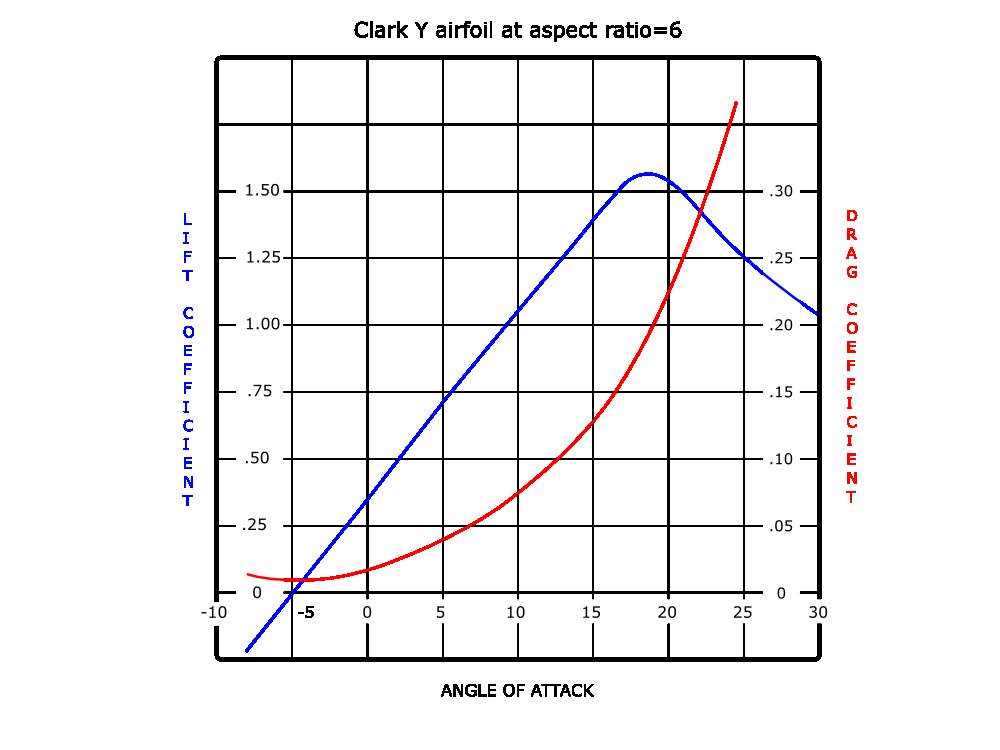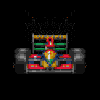wesley123 wrote:no it isnt liniar as you can see.
The blue line might look liniar, but it is not. 0.5 lift coef. at aprox. 3AoA, if it is liniar that would mean at 1.0 lift coef the AoA is 6 It is not. It looks light a straight line yes, but that is due to the small steps. Also, like i said at a point this rake stops giving additional downforce, which you also see in the blue line. And what you take is a flat plane, nowhere near what is done on a F1 car.
According to thin airfoil theory it's perfectly linear.
In real world it's not that perfect, but for small angles off attack wind tunnel data for common airfoils is very close to linear.
At a point this rake stops giving additional downforce, but this point is near stall angle of attack, which is as you can see > 15 degree. And we are apeaking about 2-4 degree.
@n_smikle: As said, real numbers for F1 car will be different, but still significant (even if you take into account only floor parts not covered by bodywork), and i can't imagine
any team would simply ignore this in car's design.
Interesting implication of RB7 rake-centric design (my speculation):
Knowing that both rear wing and diffuser work at the very edge of the stall, if they setup the car softer on front axle or/and initiate front dive by flexing/pivoting front wing, car rake increases, so will diff's and rear wing's angle of attack, possibile over the point of maximum Cl. Once on the other side of Cl curve, downforce on the rear decreases, rear suspension goes up, increasing AoA further, and so on up to the point predefined by rear suspension's setup. This way they could pivot the car around the axle situated somewhere between front and rear wheels.
Almost impossible to control, lots of additional drag and quite sudden change of car balance, but maybe could bring nett gain ?





